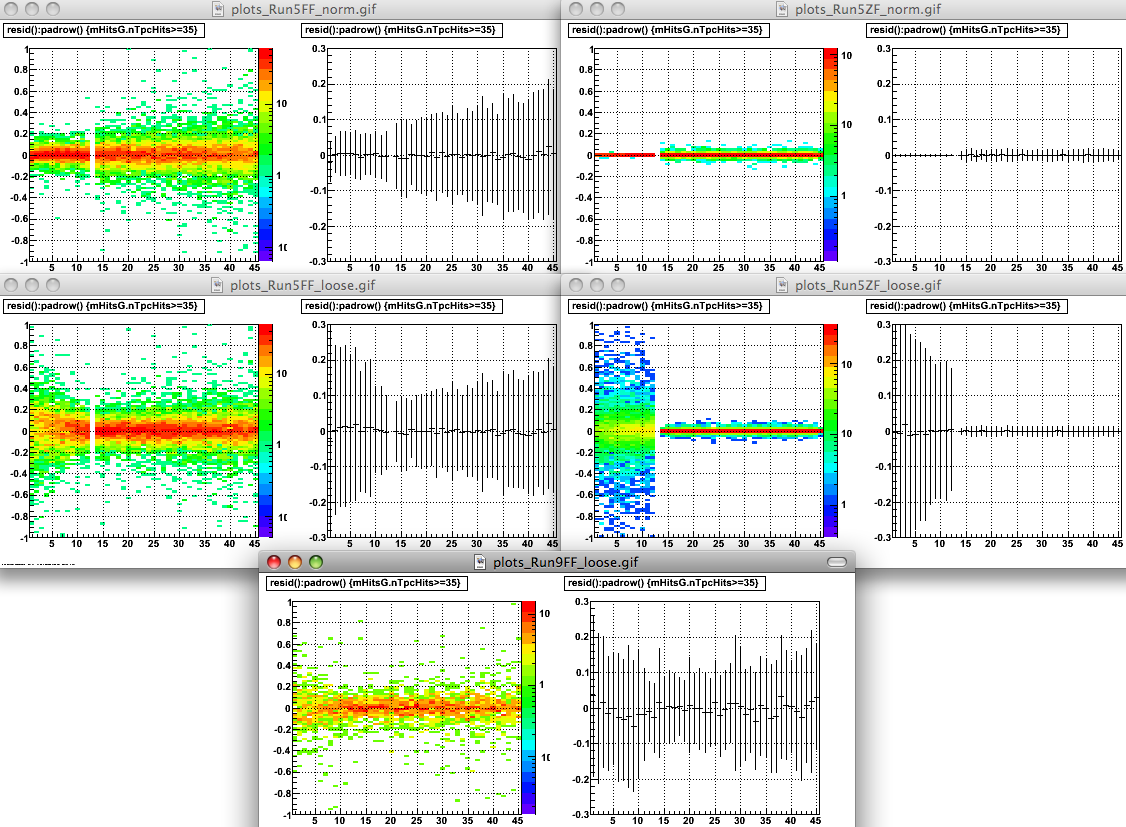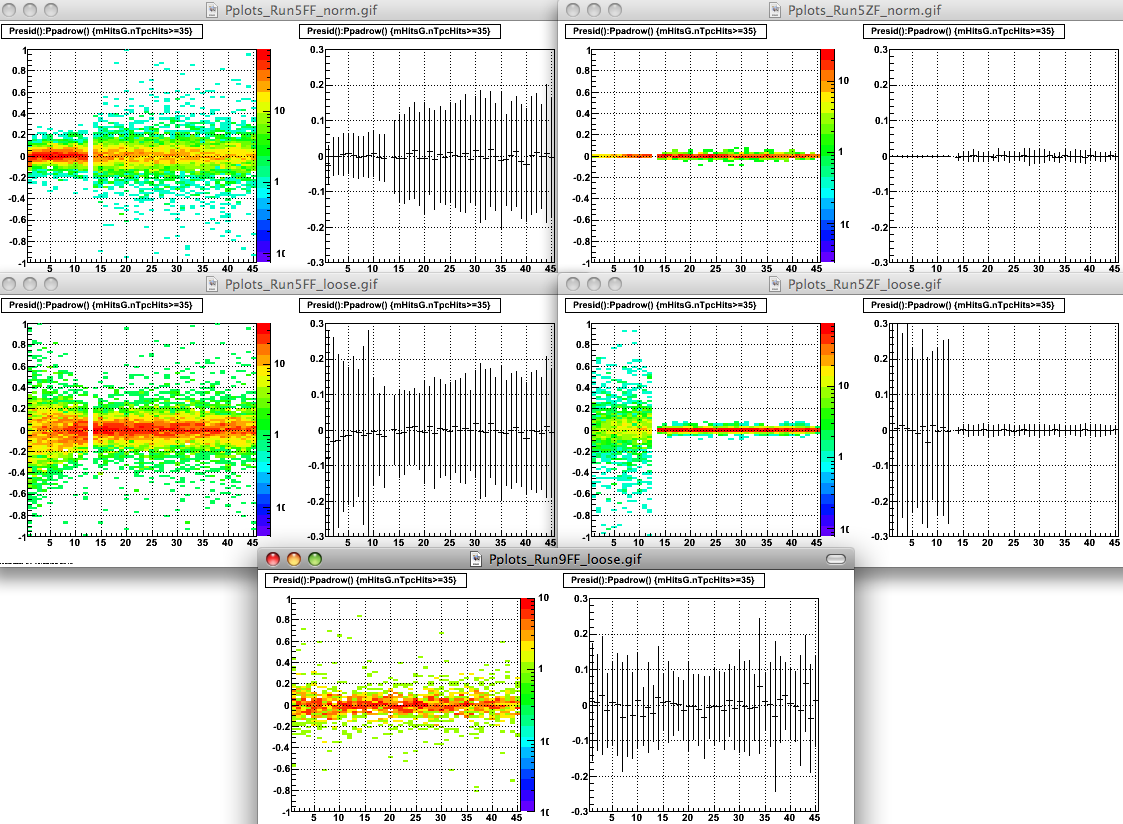- genevb's home page
- Posts
- 2025
- 2024
- 2023
- 2022
- September (1)
- 2021
- 2020
- 2019
- December (1)
- October (4)
- September (2)
- August (6)
- July (1)
- June (2)
- May (4)
- April (2)
- March (3)
- February (3)
- 2018
- 2017
- December (1)
- October (3)
- September (1)
- August (1)
- July (2)
- June (2)
- April (2)
- March (2)
- February (1)
- 2016
- November (2)
- September (1)
- August (2)
- July (1)
- June (2)
- May (2)
- April (1)
- March (5)
- February (2)
- January (1)
- 2015
- December (1)
- October (1)
- September (2)
- June (1)
- May (2)
- April (2)
- March (3)
- February (1)
- January (3)
- 2014
- December (2)
- October (2)
- September (2)
- August (3)
- July (2)
- June (2)
- May (2)
- April (9)
- March (2)
- February (2)
- January (1)
- 2013
- December (5)
- October (3)
- September (3)
- August (1)
- July (1)
- May (4)
- April (4)
- March (7)
- February (1)
- January (2)
- 2012
- December (2)
- November (6)
- October (2)
- September (3)
- August (7)
- July (2)
- June (1)
- May (3)
- April (1)
- March (2)
- February (1)
- 2011
- November (1)
- October (1)
- September (4)
- August (2)
- July (4)
- June (3)
- May (4)
- April (9)
- March (5)
- February (6)
- January (3)
- 2010
- December (3)
- November (6)
- October (3)
- September (1)
- August (5)
- July (1)
- June (4)
- May (1)
- April (2)
- March (2)
- February (4)
- January (2)
- 2009
- November (1)
- October (2)
- September (6)
- August (4)
- July (4)
- June (3)
- May (5)
- April (5)
- March (3)
- February (1)
- 2008
- 2005
- October (1)
- My blog
- Post new blog entry
- All blogs
Zero Field and TPC Hit Errors
Prompted by a suggestion from Alex Schmah, I decided to have another look at zero field data, using run 6065039 (during Run 5) as another factor in understanding TPC alignment. Part of that alignment work involves relaxing hit errors on the inner TPC padrows, and looking at a small sample of data I observed some very interesting behavior.
In the plots below, track residuals are shown in plot pairs, where the left plot is the distribution of residuals versus padrows, and the right plot is the "profs" version (profile with error bars representing RMS, not error on the mean) of the same.
On the left are another Run 5 run (6083008) where the field was on, using normal TPC hit errors, and relaxed ("loose", increased by orders of magnitude) inner TPC hit errors. One can see that relaxing the inner hit errors makes some difference for the inner hit residuals, perhaps within a factor of about x2-3. Some Run 9 data with loose errors is shown at the bottom, and one can see that the residuals are on the same scale.
On the right are the plots for the zero field run, with normal (upper) and loose (lower) hit errors. It should be recognized from the outset that these hit errors are wrong for zero field, as the diffusion of drifting clusters, drift velocity, and distortions are somewhat different. General expectation from people in STAR seems to be that the hit errors should be something on the order of x2-5 worse in the zero field data (very loosely speaking).
But even if the hit errors are wrong, there is little expected change in the behavior of the track reconstruction and the residuals (though pulls and χ2 should of course be wrong), and this is clearly not what happens! Both the inner and outer residuals shrink dramatically from the field-on data.
Further, when the inner TPC hit errors are relaxed, the residuals on the inner TPC grow dramatically, back to the level seen in field-on data with loose errors, or perhaps even a little larger. This dramatic change between normal and loose errors is very different from the field-on data, and the response with loose errors is more similar between field on and off than the response with normal errors.
I have looked as functions of sector, z, phi within sector, and padrow; these behaviors are systematic across all. I've also tried to use tighter cuts against pile-up in the datasets to see if they move towards agreement, but the changes are not significant. Residuals for both globals and primaries are shown below, and the differences are not very notable.
I am at this point inclined to believe that the tracker is making possibly flawed decisions in zero field data which we do not understand, or its calculation of residuals could have some unwanted magnetic field dependence. I welcome any other ideas.
-Gene
GLOBAL TRACKS:

PRIMARY TRACKS:

p.s. The chain used in reconstructing the Run 5 data (using stardev as of 2009-03-31) was: "P2005b ITTF NoSsdIt NoSvtIt StiPulls -kink2 -xi2 -ftpc -fcl -fpt -fpd -eventqa"
- genevb's blog
- Login or register to post comments
